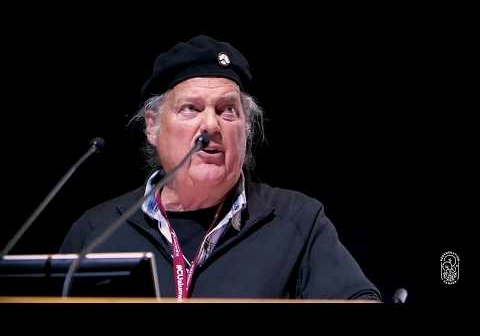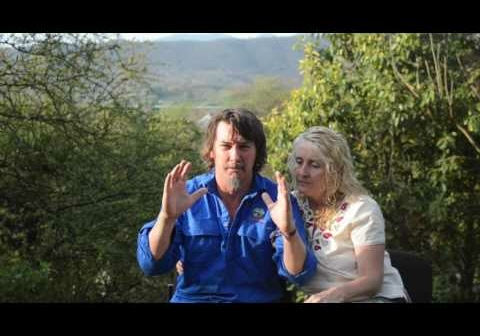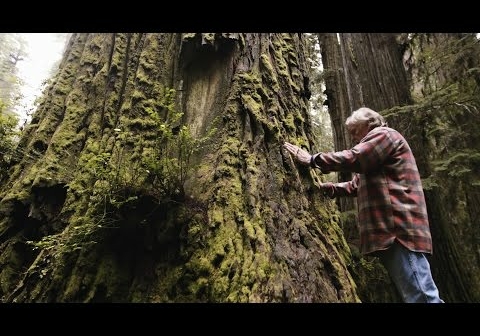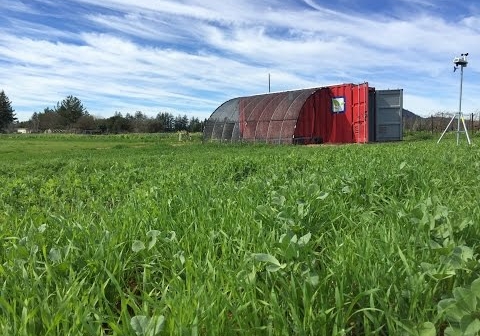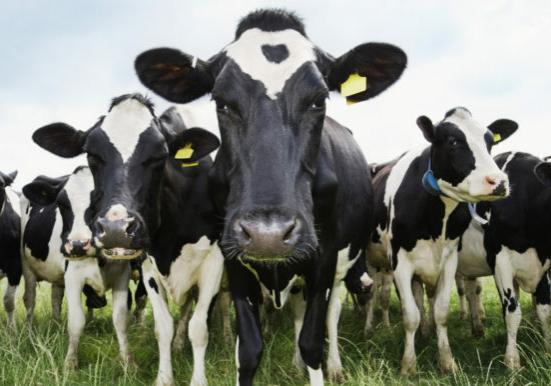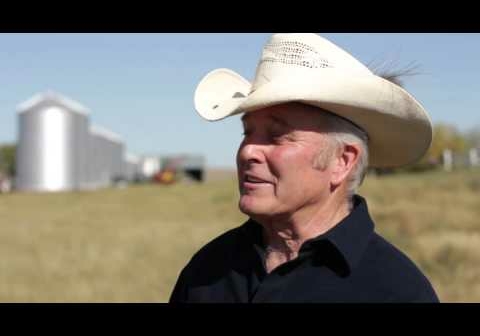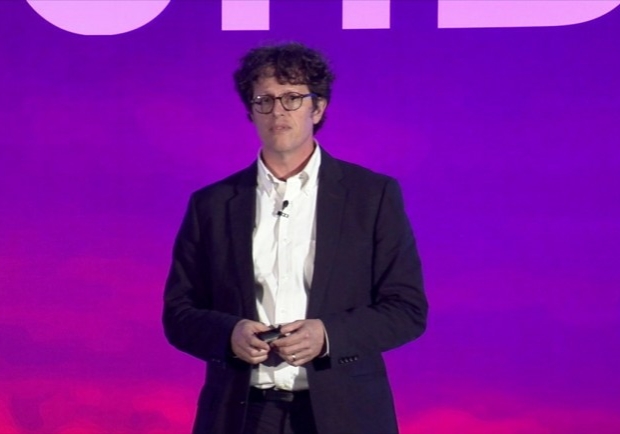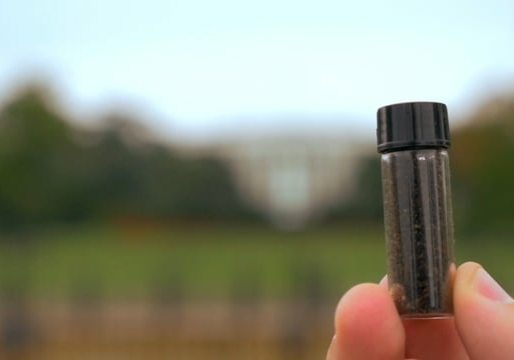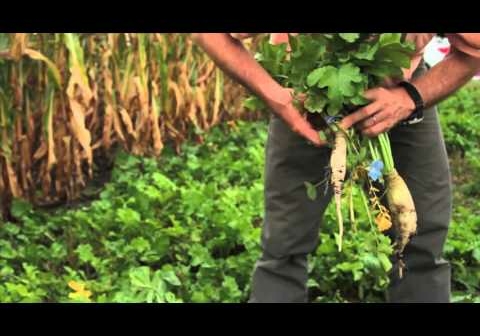To translate the remainder of this website, please select your native language from the Google Translate Tool.
Why Regenerative Organic Agriculture?
The loss of the world’s fertile soil and biodiversity, along with the loss of indigenous seeds and knowledge, pose a mortal threat to our future survival. According to soil scientists, at current rates of soil destruction (i.e. decarbonization, erosion, desertification, chemical pollution), within 50 years we will not only suffer serious damage to public health due to a qualitatively degraded food supply characterized by diminished nutrition and loss of important trace minerals, but we will literally no longer have enough arable topsoil to feed ourselves. Without protecting and regenerating the soil on our four billion acres of cultivated farmland, 14 billion acres of pasture and rangeland, and 10 billion acres of forest land, it will be impossible to feed the world, keep global warming below 2 degrees Celsius, or halt the loss of biodiversity.
How does it work?
The key to regenerative agriculture is that it not only “does no harm” to the land but actually improves it, using technologies that regenerate and revitalize the soil and the environment. Regenerative agriculture leads to healthy soil, capable of producing high quality, nutrient dense food while simultaneously improving, rather than degrading land, and ultimately leading to productive farms and healthy communities and economies. It is a dynamic and holistic, incorporating permaculture and organic farming practices, including conservation tillage, cover crops, crop rotation, composting, mobile animal shelters and pasture cropping, to increase food production, farmers’ income and especially, topsoil.
For a full report on how Regenerative Organic Agriculture works and its benefits click below:
Soil Carbon Restoration: Can Biology Do the Job?

